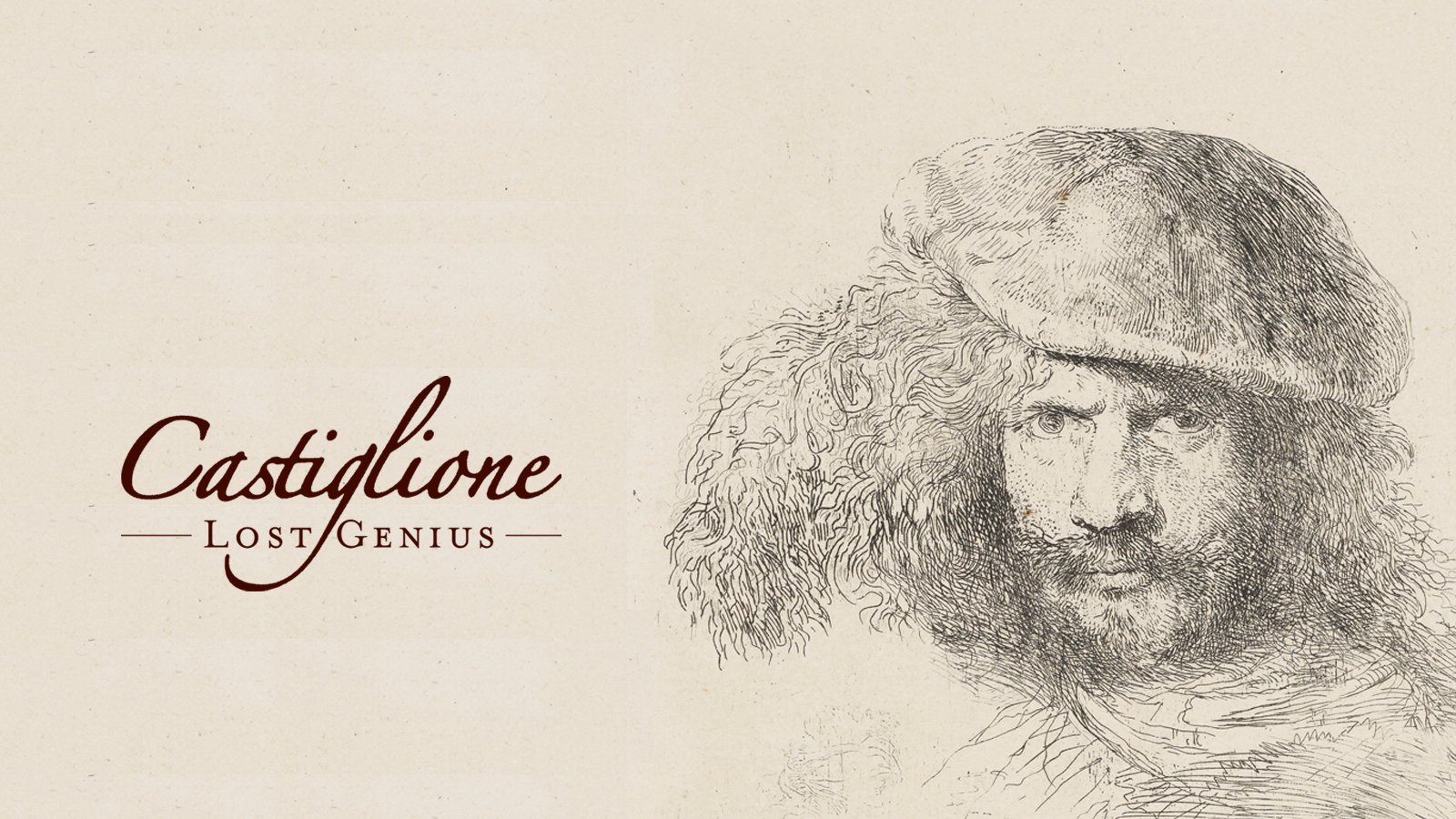
Screen printing
Screen printing is a stencil process that has its roots in the production of wall decoration, ceramics and fabrics in ancient cultures.
Stencils were cut from thin metal, leather, large dried leaves and so on, and colour applied using a stiff brush. In the 1850s the Japanese developed stencils in more complex shapes, held together by human hair or silk. This approach led to meshes of silk (and later of nylon) being stretched across a wooden frame.
The process of screen printing involves:
- Forming an image on the fabric mesh, either using paper stencils or wax, or chemically fixing an image onto the fabric using a photographic emulsion.
- The masked areas prevent ink from passing through, and the unmasked areas allow the ink through.
- Coloured ink is pushed through the open unmasked areas (using a blade called a squeegee) onto the paper or other support beneath.
This process requires no printing press and can print on a wide variety of materials, from paper, cloth and canvas to glass, rubber and metal. While screen printing had originated centuries before,
it was in the 1960s, with the Pop Art movement, that its potential as a fine art medium was realised.
Artists today have an abundance of technical choices, from hand-drawn and painted stencils to photographic and computer-generated imagery, as we can see in Tom Phillips’ screen print Sixteen Appearances of the Union Jack. It is this continual process of change that has made screen printing such an exciting technique to work with.







